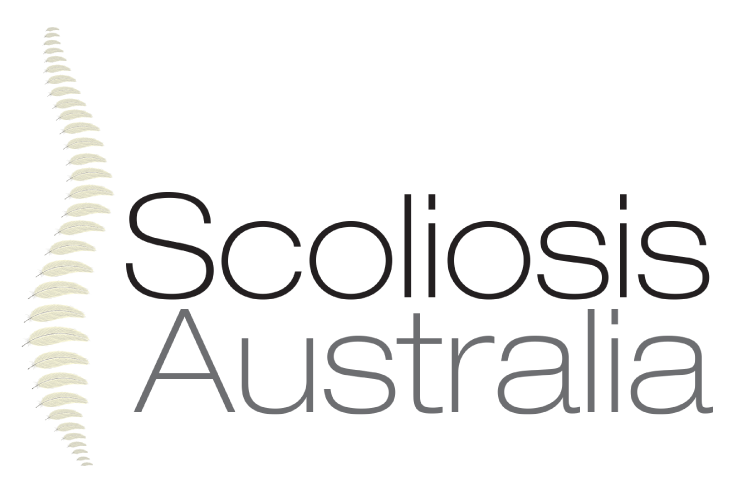There is a great deal of confusion regarding the role of exercise for scoliosis. However, as a general guideline, all exercise and sport is beneficial for almost all people and should be encouraged for adolescents with scoliosis. Furthermore, there is no evidence of any exercise or sport that is particularly harmful for adolescents with scoliosis.
The more complicated question is whether there is any exercise that is beneficial for the treatment of scoliosis in adolescents. In asking this question, we can differentiate between health related quality of life (HRQOL) such as pain and distress and structural alignment of the scoliosis spine, measured by Cobb angle. There appears to be reasonable evidence to support the role of scoliosis specific exercise for HRQOL factors. However, given that the primary aim of initial treatment is to reduce the progression of curves and avoid surgery, we can refine the question to – Is there an exercise program that can delay, arrest or reverse the progression of scoliosis? These exercises are called scoliosis specific exercises and are uniquely choreographed to the individual curves of the child.
The research into scoliosis specific exercises is growing and yet, its effectiveness remains under question. There are a number of papers which suggest benefit in Cobb angle but when pooled with other papers shows little clinically meaningful benefit. However within the individual research papers, some patient curves improve, some remain stable and some deteriorate. It is difficult to identify which patients will benefit from scoliosis specific exercises but in general, lumbar and thoracolumbar curves may do better than thoracic curves, but this is not always the case. There are numerous factors taken into account when considering scoliosis specific exercises, such as age of the child on diagnosis, Cobb angle, remaining available growth, and the type and dosage (time exercising).
Importantly, scoliosis specific exercises should never replace bracing when bracing is indicated.

daily SSE approximately 15 minutes per session.
